2010 Subaru Outback: Up Close

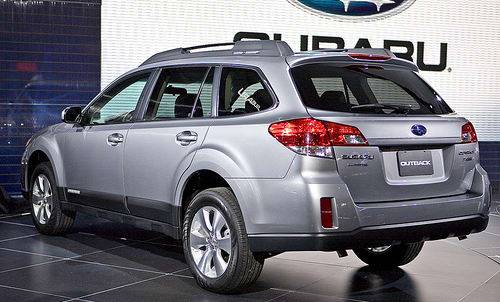
The last time Subaru restyled the Outback, I was very surprised it didn’t get larger. First off, every car, SUV and minivan had been growing with each successive update, whether it needed to or not. Second, the Outback actually needed it. I didn’t want the first “sport-utility wagon” to become an SUV, but its backseat had been too snug for too long, and so it continued. The 2009 Outback has less backseat space than many smaller cars do, but Subaru has improved matters markedly in the 2010 version.
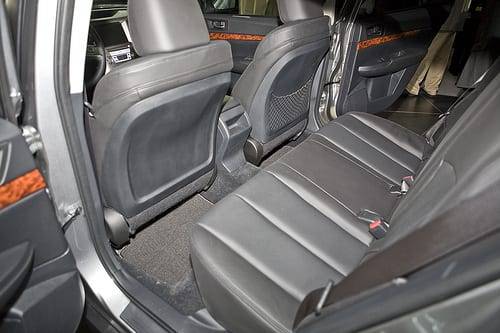
The 2010 is fractions of an inch shorter from bumper to bumper than the 2009, but the wheelbase is longer and the backseat gets almost 4 more inches of legroom. It’s not hard to tell. I moved the driver’s seat all the way back and reclined the backrest more than I would to drive, and in the backseat my knees weren’t touching the backrest. There’s still a pretty high center floor hump, but the center console between the front seats doesn’t intrude as much.
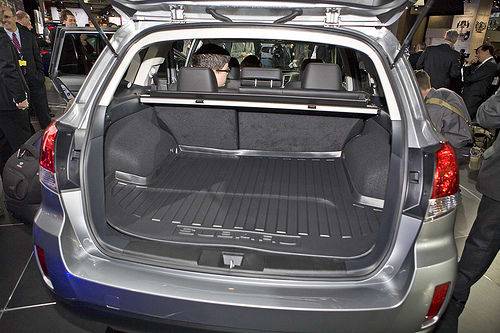
Another plus is a reclining feature on the 60/40-split backrest, which you release using a plastic lever on either outboard side, where the backrest meets the seat cushion. It’s easy to reach here; we often complain when the only release is atop the backrests because you can’t reach it when seated without contorting yourself. Unfortunately, now I know what it’s like when the only release is a low one: It doesn’t make it as easy to fold the backrest flat from outside the car.
We recently noted in comparing midsize cars that the Outback’s sister sedan, the 2009 Legacy, has one of the narrowest backseats. The 2010 Legacy and Outback are a couple inches wider, which helps a bit, but it still didn’t feel as wide as some. The front seat gets a bit more hip room, while the backseat’s gain is in shoulder room.
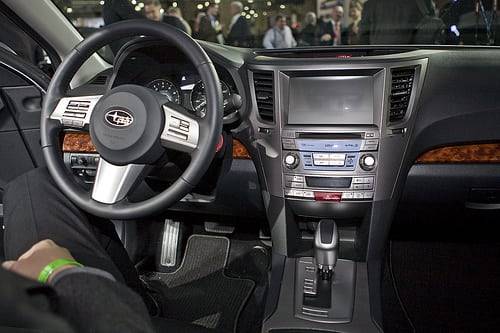
The Limited trim level on display at the show was well-appointed, with leather upholstery and wood trim. I think the 2009 is pretty nice already, and this one’s no worse, in my opinion. Some of the trim is better, including convincing faux metal (a rarity) on the center control panel, console and the steering-wheel spokes. If there’s a problem, it’s that there’s too much of it. I must confess that I like the soft-blue glow of the bezel at the center of the stereo controls, even though a similar treatment looks cheesy on the Toyota Camry.
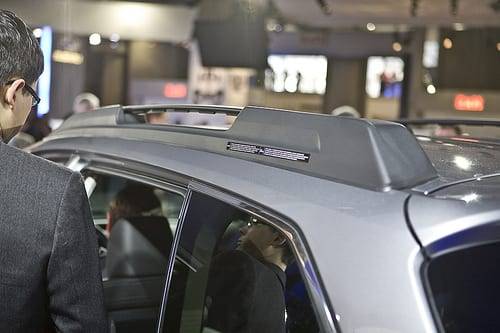
The exterior looks good to me, and you definitely notice the increased ground clearance in the Outback’s overall presence. The cargo area is wider and deeper. The innovation comes on the roof rack, which has hinged cross-members that swing 90 degrees to tuck into the side rails. The point is to reduce wind noise and improve the aerodynamics. It’s very easy to operate — more so than removing conventional cross-members, and you don’t have to worry about storing them somewhere. Clever idea, and long overdue.

Former Executive Editor Joe Wiesenfelder, a Cars.com launch veteran, led the car evaluation effort. He owns a 1984 Mercedes 300D and a 2002 Mazda Miata SE.
Featured stories
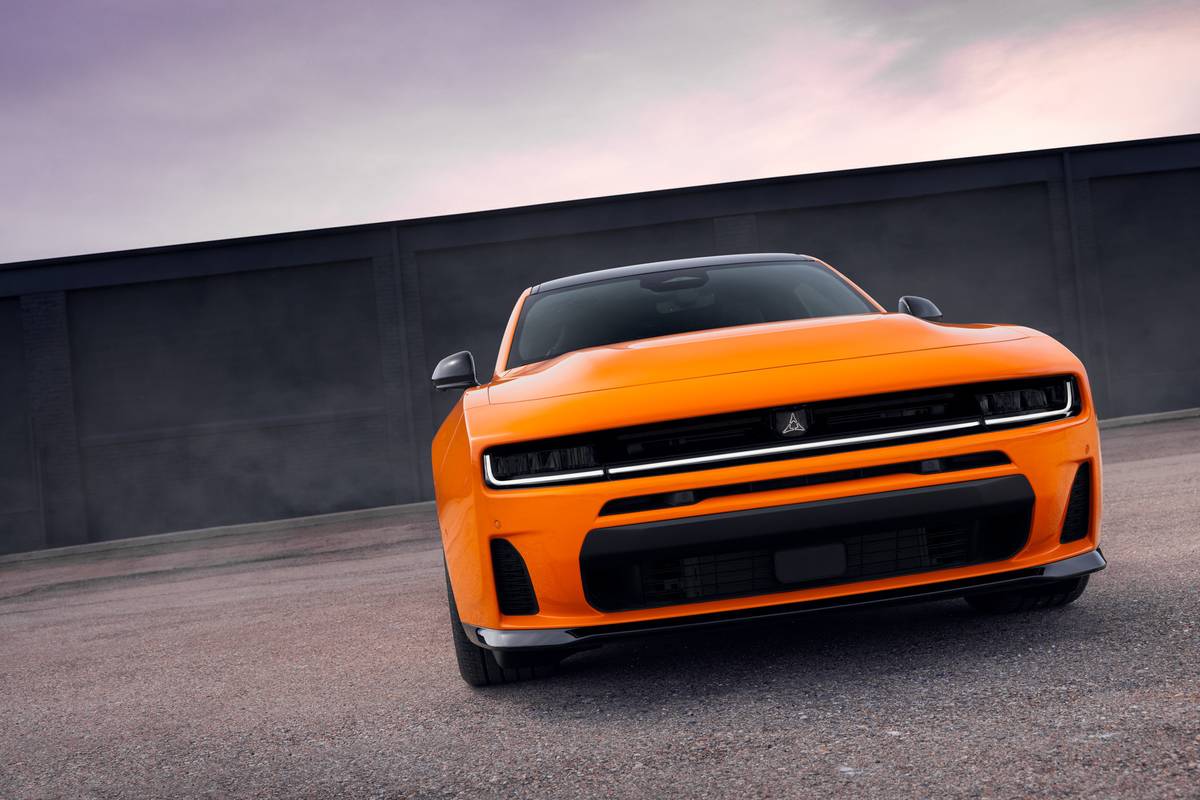
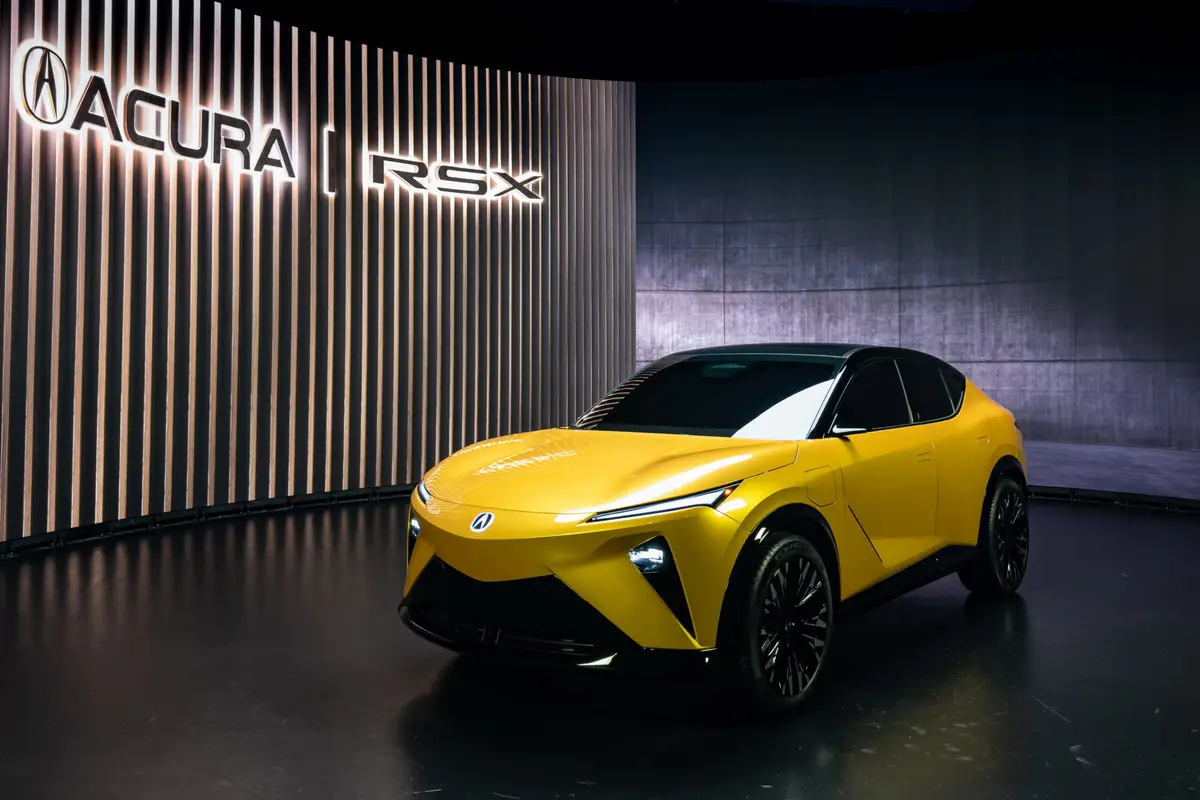
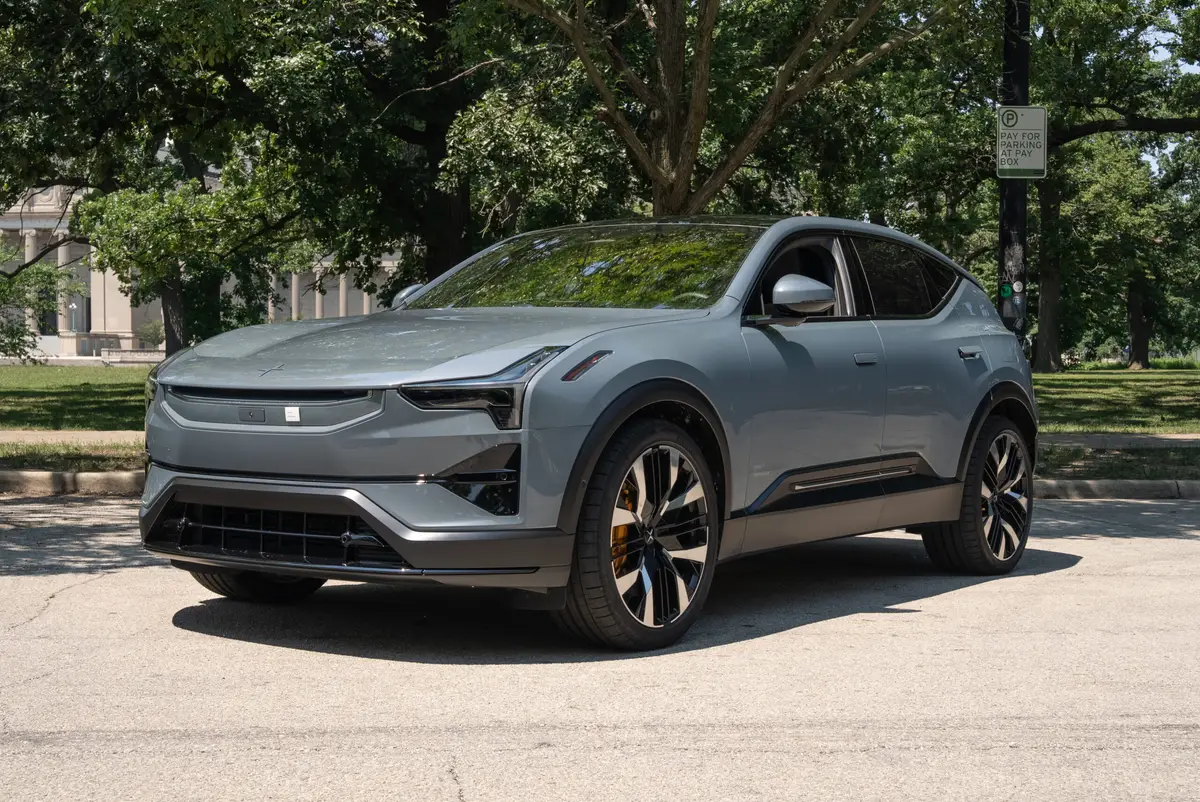
2025 Polestar 3 Review: Understated Electrified Luxury

